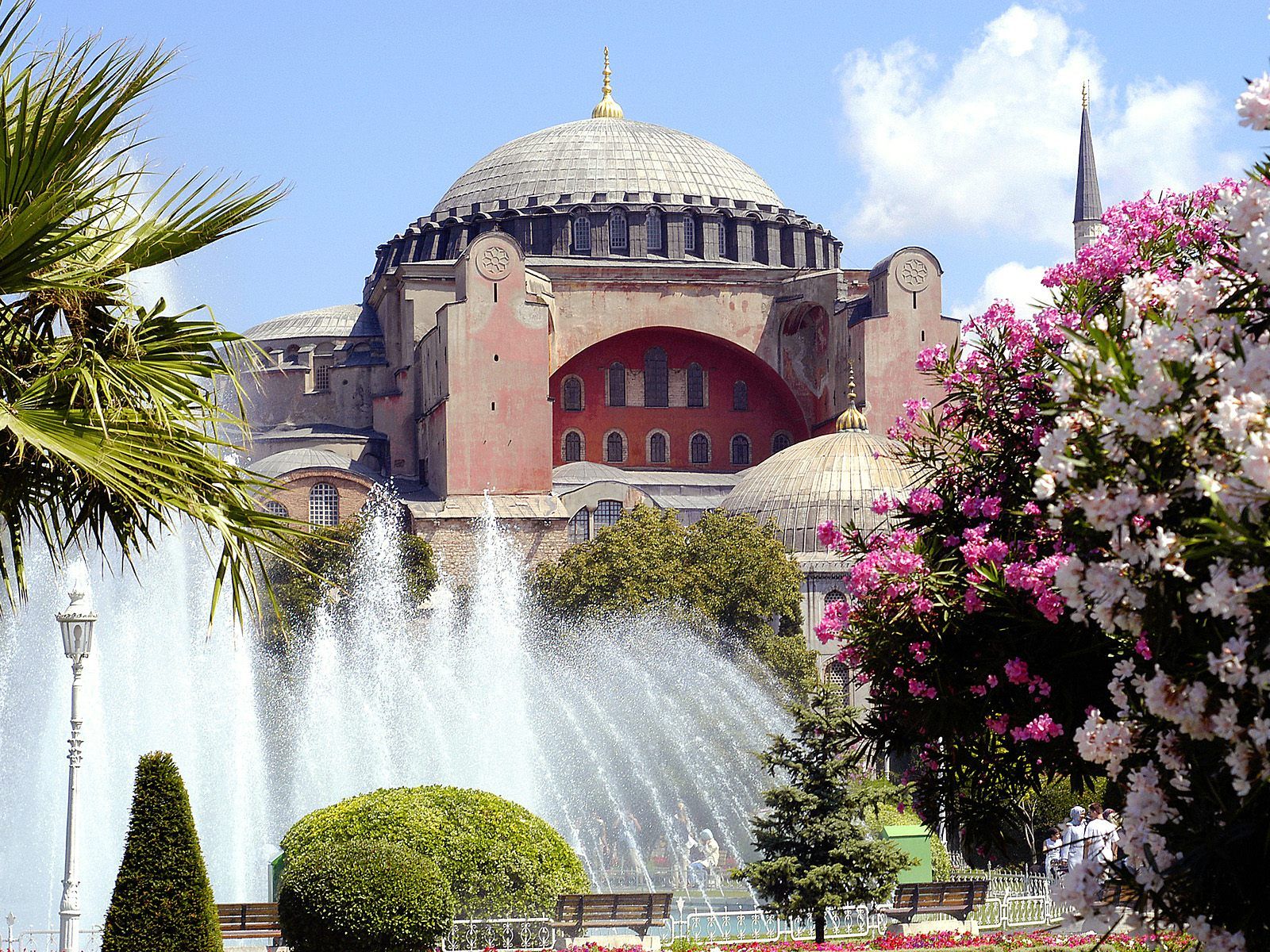Everyone has some concept of the Fall of Rome to the Germanic barbarians during the 5-6 centuries. But did the empire completely disappear? The answer is no. While the great cities of the west fell to ruin and their roads decayed and fell apart, in the East, the empire survived.
 |
| The Fall of the West |
It was perhaps strategic intuition that compelled Constantine the Great to move the administration of the empire away from Rome to a small fishing village on the Bosporus Straits called Byzantium. The first thing Constantine did was change the city’s name to Constantinople. Situated on a peninsula, Constantinople was in an excellent position to defend itself from attack by the land. In the same way, the fact that it straddled two continents and controlled the trade route between two seas meant that it was a city destined for enormous wealth. It was around this city that the Eastern Roman Empire survived. While the barbarian hoards swept across the defenseless cities of the west, these same armies were continuously rebuffed by the double walls of Constantine’s city. This allowed the culture of the Romans to survive for a thousand years after Rome fell. To help historians differentiate the old Roman Empire from the Eastern, they called the Eastern Empire the Byzantine Empire after the original name of Constantinople. However, these Romans never forgot they were Romans. Even after the medieval kingdoms of the West had established themselves, the Byzantines called these invaders “Celts.” Despite their legacy, wealth, position, and influence, not even the Byzantine Empire could last forever.
The end came for Byzantium in 1453 when, after numerous attempts, the Sultan Mahomet II conquered the city and renamed it Istanbul. Today it is Turkey’s largest city and a UNESCO World Heritage site. Even though it no longer serves the Caesars, Istanbul remains a city that straddles two continents and seems to bring together the two worlds of east and west, old and new.



No comments:
Post a Comment